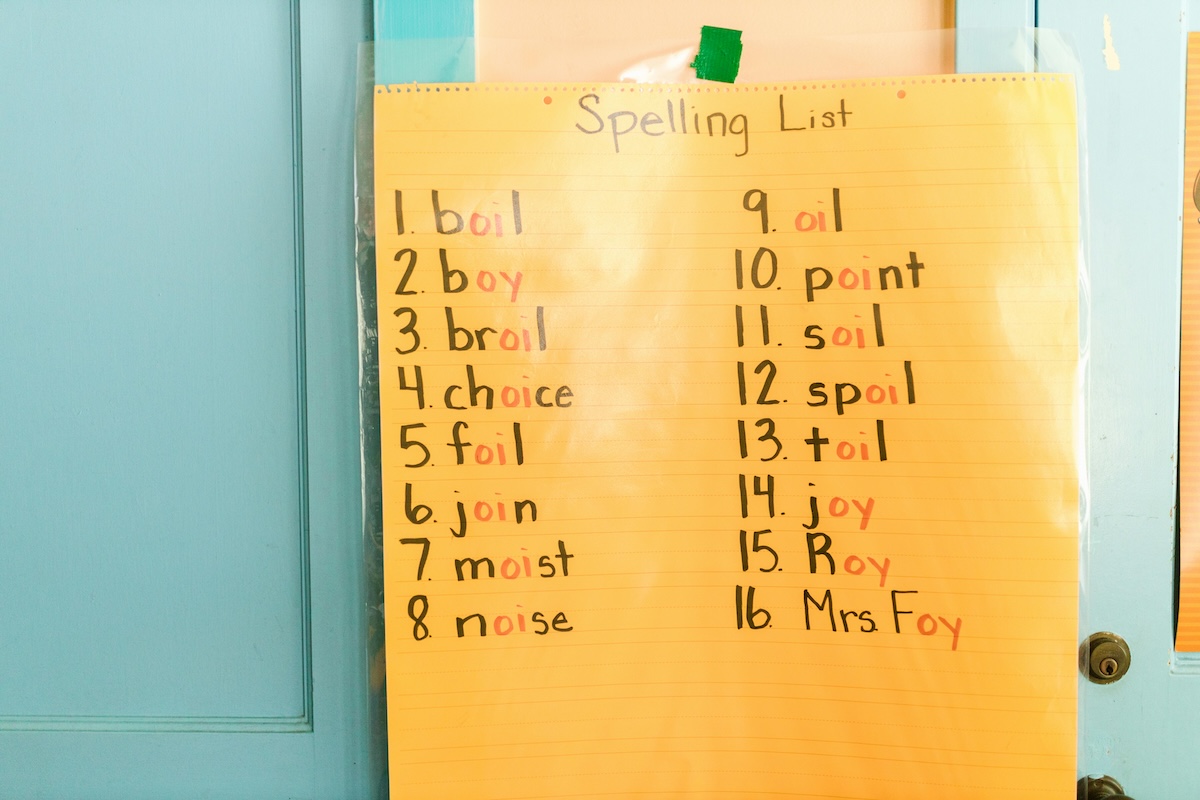Science of Reading and spelling instruction
Spelling instruction and spelling tests in the classroom are intricately tied to the Science of Reading movement. I want to talk about what the implications are for giving spelling quizzes, and how that relates to Science of Reading.
What is Science of Reading?
“Science of Reading” (or SoR for short) refers to a body of research from multiple disciplines, including cognitive psychology, neuroscience, and education, which explores how we learn to read. This research aims to understand the processes involved in reading and to apply this understanding to improve reading instruction and literacy outcomes. Key aspects include:
- Decoding: Understanding how children and adults learn to decode written language into sounds and meanings. This involves phonemic awareness (recognizing and manipulating sounds in spoken language) and phonics (connecting sounds to letters and words).
- Comprehension: Exploring how readers construct meaning from text, which involves vocabulary development, background knowledge, and inferencing skills.
- Fluency: Examining how accuracy, speed, and expression in reading contribute to better comprehension.
- Neurological Underpinnings: Studying how reading processes are represented and managed in the brain
- Instructional Practices: Investigating effective methods of teaching reading, including systematic phonics instruction and approaches that build comprehension and fluency.
The Science of Reading traces back 1986, when psychologists Philip Gough and William Turner published an article describing the Simple View of Reading. The research has been tested in over 100 studies across several languages, with positive results. The key insight behind this theory is:

Put another way: the ability for a student to read proficiently is the product of their ability to decode words and their ability to understand the language they are reading.
More recent coverage continues to expand on this basis. The New York Times summarizes Science of Reading as simply: “in addition to a broad vocabulary, children need to understand phonics, or the relationship between letters and the sounds of spoken language.”
Science of Reading contrasts with other reading instruction philosophies such as the discredited Balanced Literacy approach, which “emphasizes the importance of surrounding children with books and allowing them to spend quiet time reading literature that interests them. It includes some phonics, but the instruction is less structured.”
How does Science of Reading interact with spelling instruction?
Being a fluent, successful speller is a critical aspect of student success in the Science of Reading approach.
There is a lot of research that combines Science of Reading with spelling instruction, and provides a framework for how spelling should be taught within the classroom. A summary is as follows:
Spelling should be taught as structured literacy for 20 minutes a day. This should start in first grade and continue through sixth grade, and beyond where necessary. It should be taught using a full research-based curriculum that’s delivered through a spelling book or other method that’s provided to teachers through an integrated curriculum, vs. teaching foundational skills in separate lessons. Don’t expect students to pick up spelling skills simply by reading and writing. The goal is for students to master Phonemic Awareness (PA) and develop the circuitry required for phonics.
Are spelling tests supported by the Science of Reading?
The short answer: yes, but not through rote memorization…
The longer answer:
The Science of Reading supports using spelling tests to strengthen orthographic mapping, helping students link sounds to letters. Tests should emphasize recognizing patterns and rules over memorization. While traditional weekly tests remain useful, they should prioritize evaluating understanding of spelling concepts rather than focusing solely on word list recall.
Furthermore, in 2007, the National Center for Education Research, Institute of Education Sciences released their report titled Organizing Instruction and Study to Improve Student Learning: A Practice Guide. We reviewed this research in light of support for or against spelling tests in this post. The short answer is: using quizzes to re-expose students to key content (like spelling words based on orthographic mapping patterns) has strong evidence of improving learning and recall of spelling words.
Tools such as Spelling Test Buddy can help educators more easily adopt (or re-adopt) spelling test evaluation as a part of their daily flow, by saving time and increasing consistency as spelling becomes a core part of the curriculum again.
References:
- Gersten, et. al. (2020). Meta-Analysis of the Impact of Reading Interventions for Students in the Primary Grades. Journal of Research on Educational Effectiveness, 13(4):1-27
- Creagh, S., Thompson, G., Mockler, N., Stacey, M., & Hogan, A. (2023). Workload, work intensification and time poverty for teachers and school leaders: a systematic research synthesis. Educational Review, 1–20.
